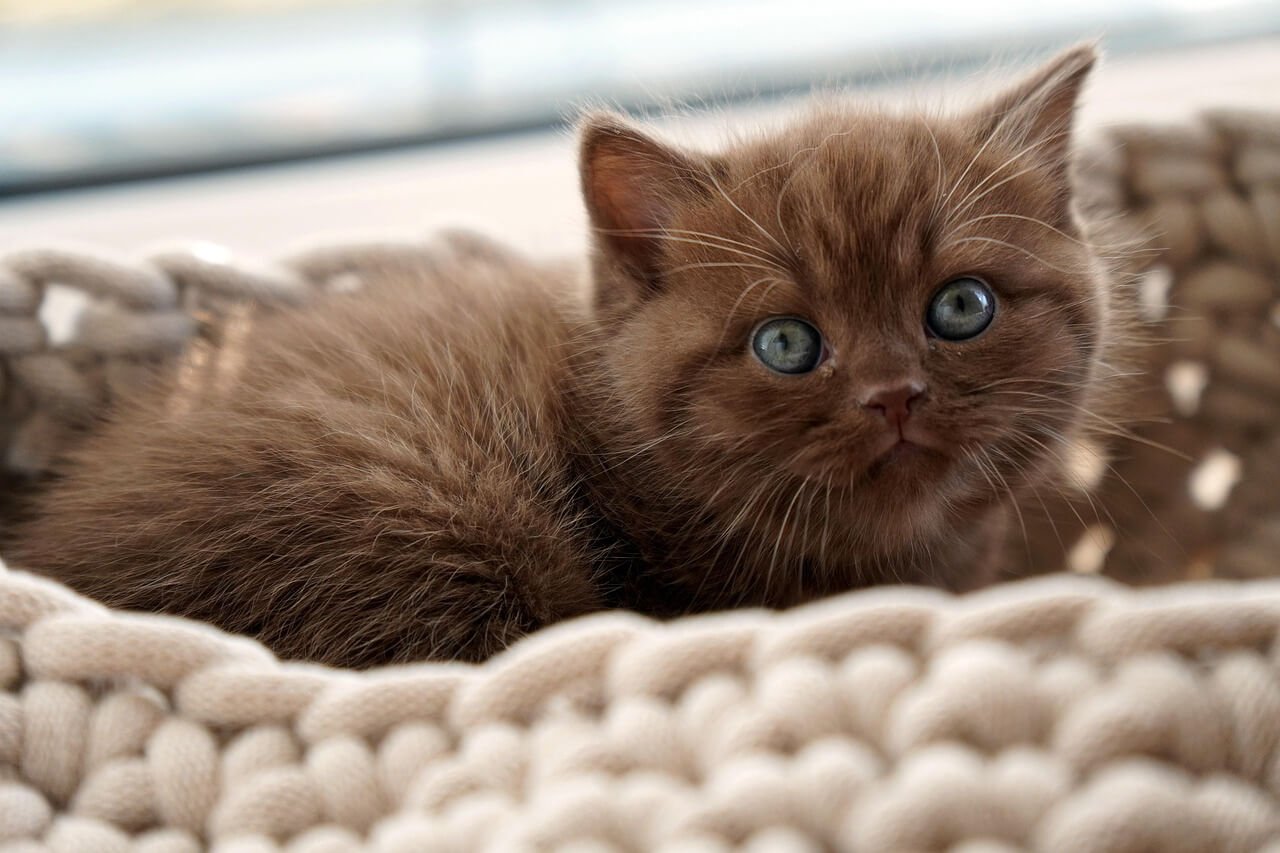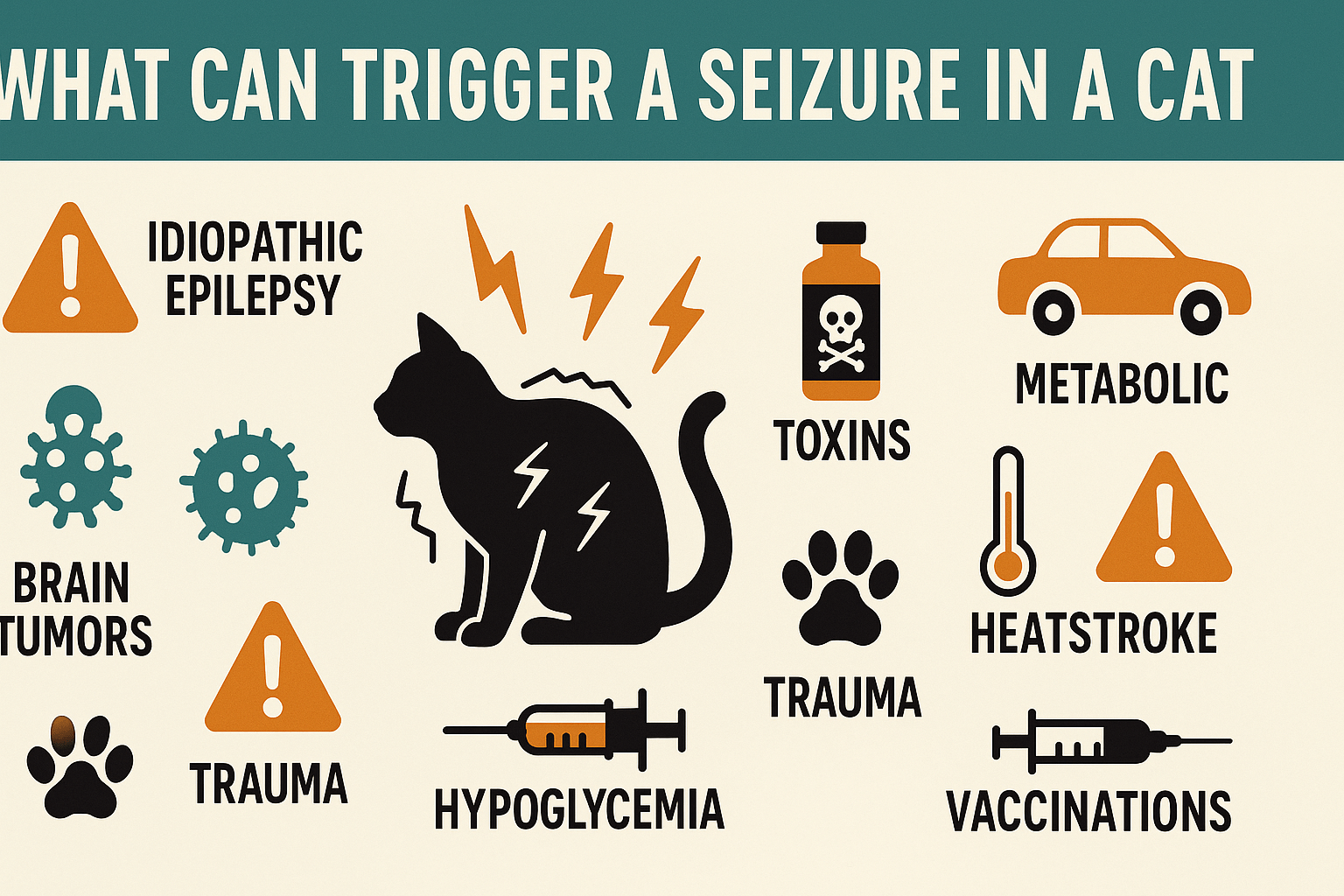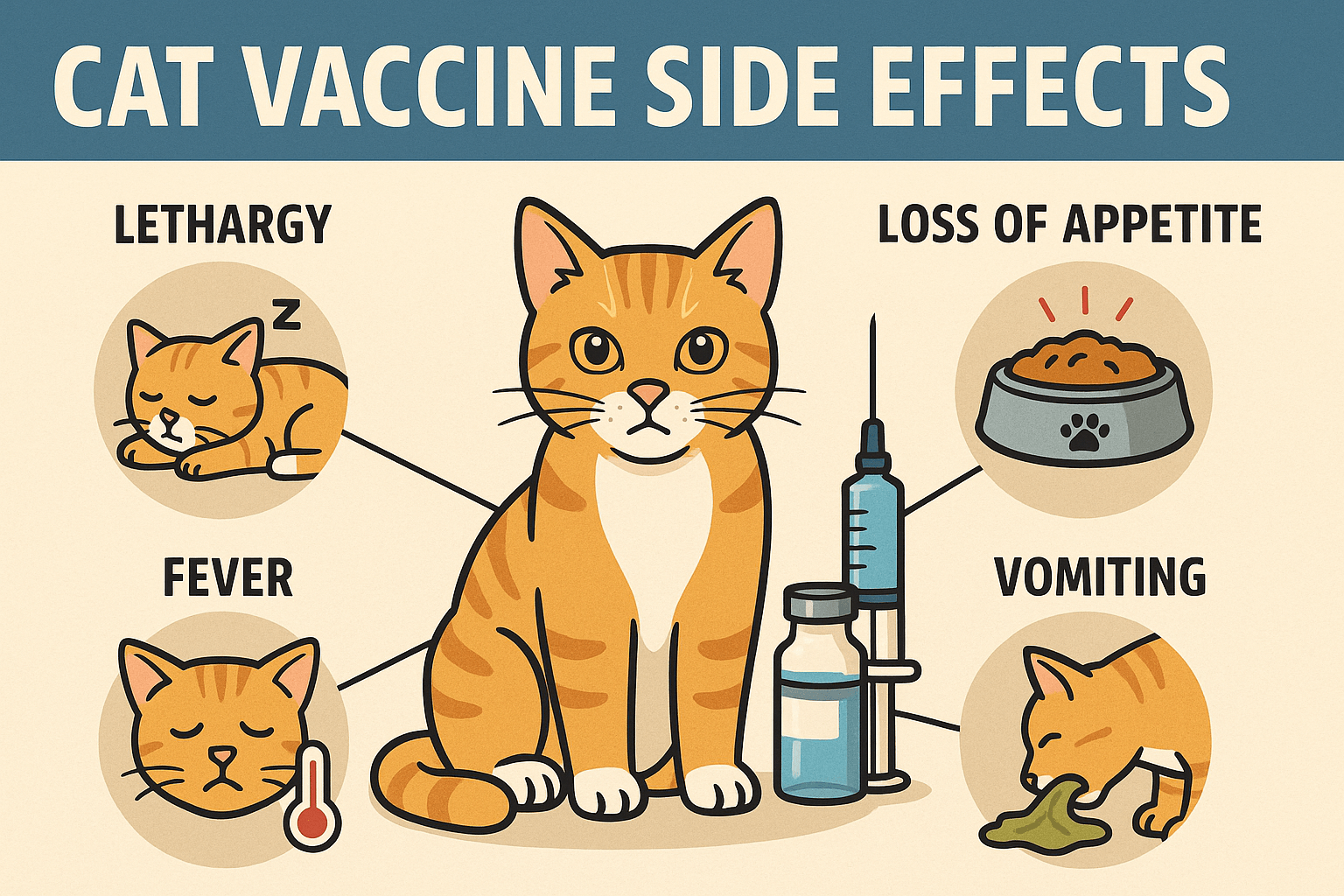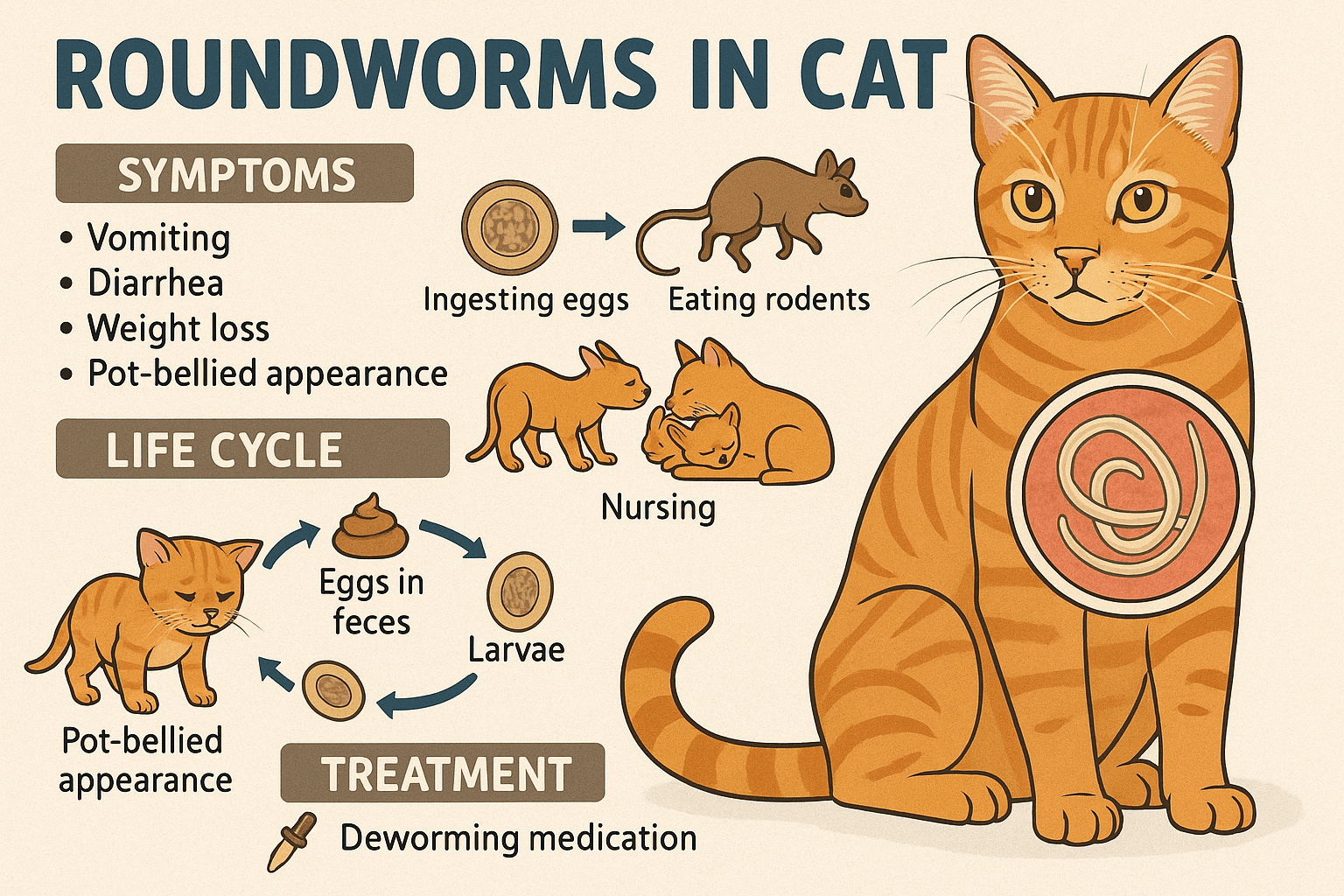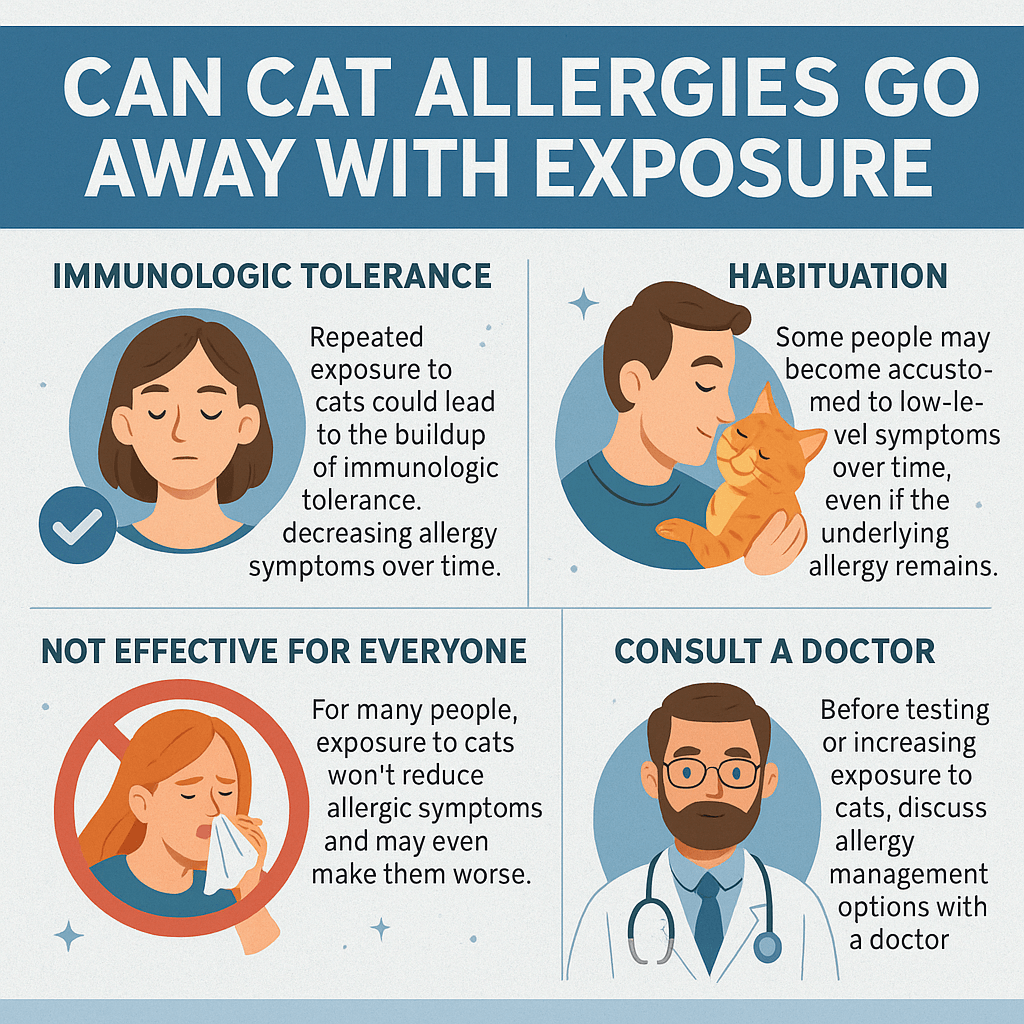How Big Are Cat Brains? Unpacking Feline Intelligence
Cats are often celebrated for their independence, curiosity, and mysterious behavior, but have you ever wondered what’s going on inside their heads? The size and structure of a cat’s brain play a crucial role in shaping their behavior, instincts, and problem-solving abilities. While humans tend to focus on the physical aspects of intelligence, such as brain size, understanding feline cognition requires looking beyond numbers. This blog post dives into the fascinating world of cat brains, exploring their size, structure, and how these factors influence their unique abilities. Whether you’re a cat lover or simply curious about animal intelligence, this guide will shed light on what makes your feline friend tick.
The Size of a Cat’s Brain: Key Facts and Comparisons
To understand how big a cat’s brain is, it’s helpful to compare it to other animals and explore its proportions relative to their body size. These comparisons provide insight into feline brain anatomy and its implications for intelligence.
Average Weight of a Cat’s Brain:
A domestic cat’s brain weighs approximately 25 grams, which is about 0.9% of their total body weight.Comparison to Human Brains:
The average human brain weighs around 1,200 grams, making it significantly larger than a cat’s brain in both absolute size and proportion to body weight.Comparison to Dogs:
Cats’ brains are smaller than dogs’ brains, which weigh around 50-70 grams on average, depending on the breed. However, size alone doesn’t determine intelligence.Brain-to-Body Ratio:
Cats have a brain-to-body mass ratio of roughly 1:100, which is similar to some primates, highlighting their potential for advanced cognitive functions.Structural Similarities to Human Brains:
Despite differences in size, cat brains share structural similarities with human brains, including regions responsible for emotions and decision-making.
While cats may not have the largest brains in the animal kingdom, their compact yet efficient design allows them to excel in areas like hunting, memory, and social interactions.
What Does a Cat’s Brain Structure Reveal About Their Behavior?
A cat’s brain structure provides clues about their instincts, emotions, and problem-solving skills. Understanding these features helps explain why cats behave the way they do.
Highly Developed Sensory Cortex:
Cats have a well-developed sensory cortex, enabling them to process visual, auditory, and olfactory information with remarkable precision.Emotional Processing Regions:
Areas of the brain responsible for processing emotions, such as fear and pleasure, are highly active in cats, influencing their responses to stimuli.Memory and Learning Centers:
Cats possess strong associative memory capabilities, allowing them to remember locations, routines, and even past experiences.Problem-Solving Abilities:
The prefrontal cortex in cats supports decision-making and planning, helping them navigate complex situations like opening doors or finding hidden treats.Instinctual Behavior Control:
Parts of the brain governing instinctual behaviors, such as hunting and territorial marking, are deeply ingrained in feline neurology.
These structural features highlight the intricate balance between instinct and intellect that defines feline behavior.
Check this guide 👉How to Exercise Your Cat: Best 7 Expert Tips!
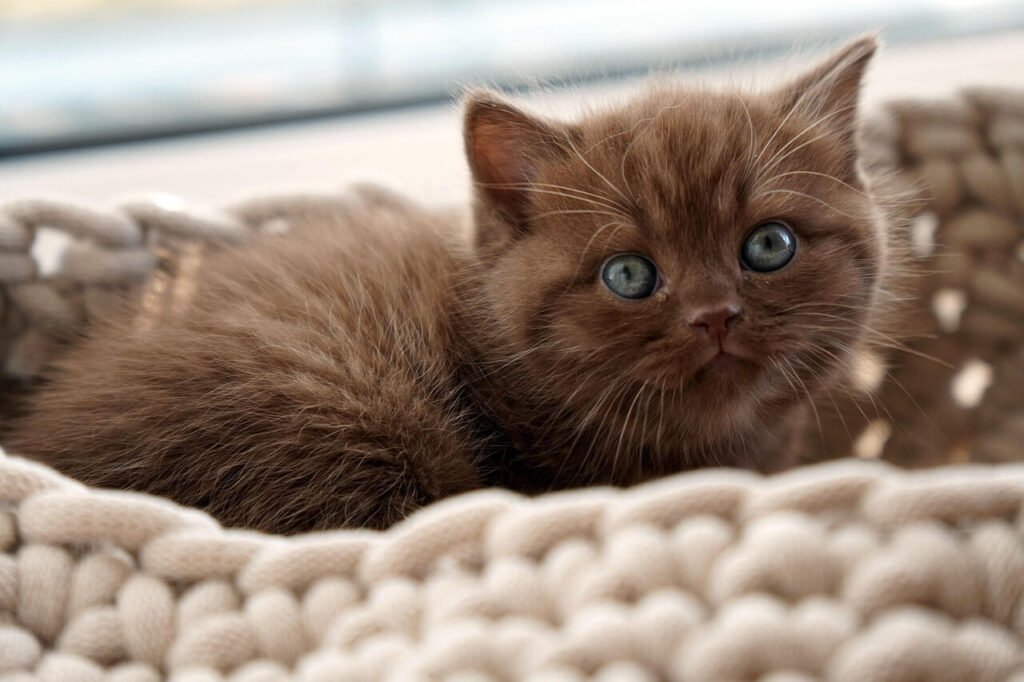
Feline Brain Features | Implications for Behavior |
|---|---|
Small but efficient brain size | Focuses on essential survival functions |
Well-developed sensory cortex | Exceptional hunting and environmental awareness |
Strong associative memory | Ability to learn routines and recognize owners |
Active emotional processing centers | Expressive and responsive to human emotions |
Advanced problem-solving skills | Capable of navigating challenges creatively |
How Cat Brains Compare to Other Animals
Comparing a cat’s brain to those of other animals offers valuable insights into feline intelligence and adaptability. These comparisons reveal both strengths and limitations in their cognitive abilities.
Smaller Than Primates:
Compared to primates, cats have smaller brains but still demonstrate impressive problem-solving skills and emotional awareness.Similarities to Rodents:
Despite vast differences in lifestyle, cats share basic neural structures with rodents, particularly in sensory processing regions.Efficient Design vs. Raw Power:
While larger-brained animals like elephants may outperform cats in raw computational power, cats excel in efficiency and specialization.Birds as Cognitive Rivals:
Some bird species, such as crows, rival cats in intelligence despite lacking a neocortex, showcasing alternative paths to smart behavior.Unique Strengths Among Carnivores:
Within the carnivore family, cats stand out for their combination of stealth, strategy, and adaptability, driven by their specialized brain functions.
These comparisons underscore the diversity of intelligence in the animal kingdom and the unique ways each species thrives.
Common Myths About Cat Brains Debunked
Misconceptions about cat brains abound, often leading to misunderstandings about their intelligence and capabilities. Let’s clear up some common myths with facts.
Myth: Smaller Brains Mean Lower Intelligence:
Fact: Brain size isn’t the sole indicator of intelligence; cats prove that efficiency and specialization matter more.Myth: Cats Can’t Learn Tricks Like Dogs:
Fact: Cats can learn tricks—they simply require different training methods due to their independent nature.Myth: Cats Lack Emotional Depth:
Fact: Cats experience a wide range of emotions, including affection, fear, and curiosity, thanks to their developed emotional centers.Myth: Cats Only Act on Instinct:
Fact: While instincts play a role, cats also use reasoning and memory to make decisions.Myth: Cats Don’t Recognize Their Owners:
Fact: Studies show cats form strong bonds with their owners and recognize familiar faces and voices.
By debunking these myths, we gain a clearer picture of just how remarkable feline cognition truly is.
The Role of a Cat’s Brain in Hunting Behavior
A cat’s brain plays a pivotal role in their natural hunting instincts, which remain strong even in domesticated felines. Understanding how their brain supports these behaviors highlights their evolutionary adaptations for survival.
Enhanced Visual Processing:
Cats have specialized brain regions that allow them to detect subtle movements, making them adept at spotting prey even in low-light conditions.Auditory Precision:
Their brains process sounds with incredible accuracy, enabling them to pinpoint the exact location of rustling prey.Coordination and Timing:
The motor cortex in a cat’s brain ensures precise coordination between sight and movement, allowing for swift and calculated attacks.Memory of Prey Patterns:
Cats use their associative memory to recall patterns of prey behavior, improving their success rate during hunts.Patience and Strategy:
The prefrontal cortex supports strategic thinking, helping cats plan ambushes and wait patiently for the perfect moment to strike.
The interplay of these brain functions underscores why cats are such effective hunters, blending instinct with intellect seamlessly.
How a Cat’s Brain Processes Human Interaction
Cats’ brains are wired to interpret human actions and emotions, fostering the unique bond they share with their owners. While often seen as aloof, cats are highly attuned to their humans in surprising ways.
Facial Recognition:
Studies suggest cats can recognize their owner’s face, associating it with safety and care.Voice Recognition:
Cats distinguish their owner’s voice from others, responding differently based on tone and familiarity.Emotional Mirroring:
A cat’s brain processes human emotions, often reflecting them in their own behavior, such as seeking comfort when you’re upset.Social Learning:
Cats observe and mimic human behaviors, learning routines or habits through observation and trial-and-error.Attachment Bonds:
Research shows cats form secure attachments to their owners, similar to dogs, driven by emotional processing centers in their brains.
These insights demonstrate that cats are far more socially connected than they’re often given credit for, thanks to their keenly adapted brains.
Fun Facts About Cat Brains That Will Amaze You
Cat brains are full of fascinating quirks and abilities that make them one of the most intriguing animals to study. These fun facts highlight just how remarkable feline cognition truly is.
Dreaming During Sleep:
Cats experience REM sleep, during which their brains replay memories, often resulting in twitching whiskers or paw movements.Unique Whisker Sensitivity:
Their brains dedicate significant resources to processing information from their whiskers, which act as tactile sensors for navigation.Language Comprehension:
Cats can understand some human words and commands, though they may choose to ignore them based on mood or preference.Spatial Awareness Skills:
A cat’s brain excels at mapping spaces, allowing them to remember layouts and navigate complex environments effortlessly.Adaptability to New Environments:
Despite being creatures of habit, cats’ brains enable them to adapt quickly to changes, ensuring survival in unfamiliar settings.
These captivating facts reveal the depth and complexity of a cat’s brain, proving that there’s much more to these furry companions than meets the eye.
Frequently Asked Questions About Cat Brains
Are cats smarter than dogs?
Intelligence depends on context—cats excel in independence and problem-solving, while dogs shine in social tasks and obedience.
Do cats have good memories?
Yes, cats have excellent associative memory, allowing them to recall places, routines, and experiences over time.
Can cats feel emotions like humans?
Cats experience emotions such as happiness, fear, and frustration, though their expressions differ from ours.
Why are cats so curious?
Their curiosity stems from their highly developed sensory cortex, which constantly seeks new information about their surroundings.
Do cats dream?
Yes, cats enter REM sleep, during which they likely dream based on observed twitching and vocalizations.
Unlocking the Secrets of the Feline Mind
Exploring the intricacies of a cat’s brain reveals just how extraordinary these creatures are. From their compact yet efficient design to their remarkable sensory and emotional processing abilities, cats continue to surprise us with their intelligence and adaptability. By understanding the science behind their behavior, we can strengthen our bond with these enigmatic companions and appreciate them for the clever, resourceful beings they are. Whether you’re marveling at their problem-solving prowess or simply enjoying their playful antics, there’s no denying that a cat’s brain holds endless wonders waiting to be discovered.
What Can Trigger a Seizure in a Cat? Best 7 Expert Tips! Discover causes, signs, and expert advice to help prevent and manage seizures in cats effectively.
Cat Vaccine Side Effects: Best 7 Expert Tips! Learn about common and rare side effects of cat vaccines, how to manage them, and ensure your feline stays healthy after vaccination.
Roundworms in Cats: Best 7 Expert Tips! Discover expert advice on identifying, preventing, and treating roundworms in cats to keep your feline healthy and parasite-free.
Can Cat Allergies Go Away with Exposure? Best 7 Tips! Discover expert advice on managing cat allergies, reducing symptoms, and understanding how exposure may help or hinder your condition.

